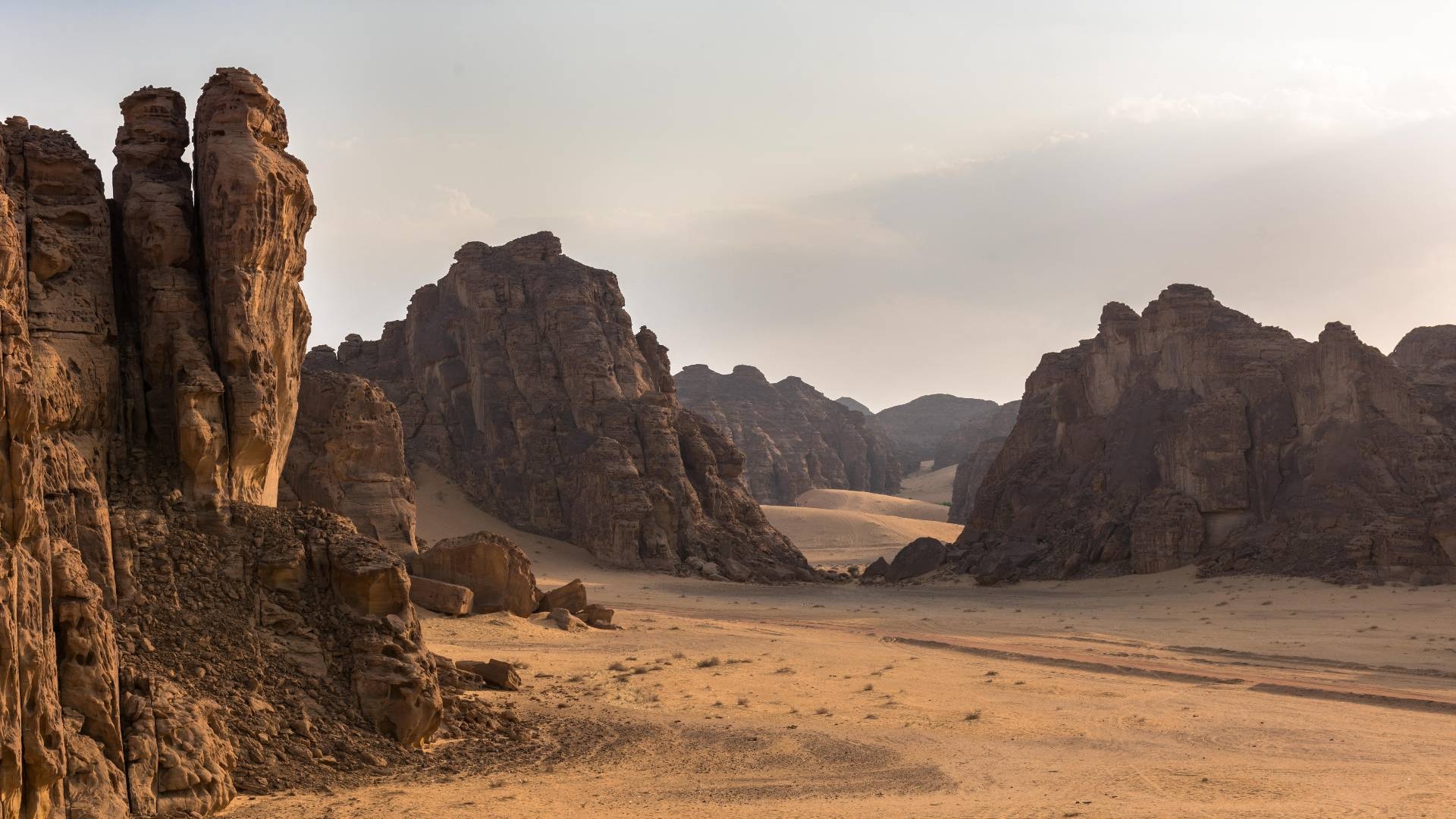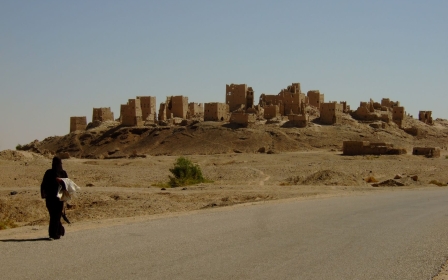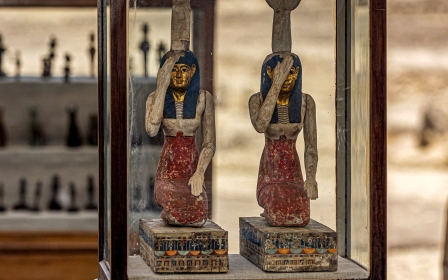Extreme sixth century droughts in Arabia linked to rise of Islam, report says

Extreme droughts in the 6th century in the Arabian Peninsula may have played a partial role in the rise and spread of Islam, according to a recently published research paper.
The authors of the paper, published by the University of Basel in Switzerland and the University of Massachusetts Amherst, investigated the climate conditions in the decades leading up to the birth of Islam in the 7th century.
Using a combination of climate, historical, and archaeological records, the study notes that at the same time that the Himyarite Kingdom in early sixth century Arabia was facing decline, there was an ongoing extreme drought in the area.
Historians have long debated the socio-economic conditions that could have led to the decline of the Himyarite Kingdom.
Using stalagmite samples found in al-Hoota Cave in northern present-day Oman, Dominik Fleitmann, a professor of environmental sciences at the University of Basel and lead author of the study, found that there was a significant fluctuation in the formation of these stalagmites around 520 to 532 CE.
“Even with the naked eye you can see from the stalagmite that there must have been a very dry period lasting several decades,” Fleitmann said.
Fletimann and a team of researchers spent the last two decades looking into the droughts that took place in the Arabian Peninsula more than a millennia ago. Other sources, including historical data on water levels of the Dead Sea, further confirm a particularly severe and lengthy regional drought.
The study is careful to emphasise that while there is a correlation between the climate conditions of the time and the decline of the Himyarite Kingdom, the drought did not directly cause its fall nor was it a cause for the eventual rise of Islam in the area.
“However, drought was an important factor in the context of the upheavals in the Arabian world of the sixth century,” said Fleitmann, lead author of the paper.
The Himyarite Kingdom was formally established in the third century in what is now known as Yemen and flourished for the next hundred or so years.
By the mid-sixth century, however, the kingdom was plagued by declining trade, internal conflict and interventions from outside forces, including the Byzantine and Sasanian Empires.
A primarily Jewish population, Himyar was also besieged by the Christian kingdom of Aksum, neighbours from present-day Ethiopia, who would eventually conquer the kingdom.
The power vacuum left by the fall of the Himyarite kingdom produced societal changes in the region, and the study suggests that it may have primed the area for the rise of Islam in the seventh century.
The idea of climatic change contributing to the social environment in which Islam was birthed is not new. Muslim medieval scholars had alluded to the idea that climate played a role in shaping Islam, according to Omar Sayfo, a researcher at the Avicenna Institute of Middle Eastern Studies.
Even the word sharia, used to denote Islam's code of conduct and legalistic traditions, can be derived from an archaic Arabic word meaning, "the path to water", a sign of the arid conditions of the time.
Today, Islam is one of the most-practised religions in the world, with roughly a quarter of the entire world's population being Muslim, according to a 2015 Pew Research Center estimate.
This article is available in French on Middle East Eye French edition.
Middle East Eye delivers independent and unrivalled coverage and analysis of the Middle East, North Africa and beyond. To learn more about republishing this content and the associated fees, please fill out this form. More about MEE can be found here.





